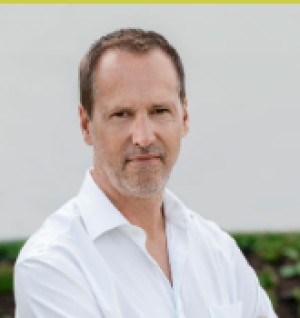- Video Library
- Peter Weiland Presents NGMedical at LSI Europe '23
Peter Weiland Presents NGMedical at LSI Europe '23

Peter Weiland
Peter Weiland is CEO of NGMdical GmbH with +30 years of experience in the spine industry. Peter used the background of his business administration degree combined with the early professional experience in building a spine portfolio to found his first company Advanced Medical Technologies AG together with his wife Dagmar. He developed a wide expertise in the spine industry with a deep technical understanding.
With AMT he developed a state-of-the-art portfolio of interbody fusion cages, which were sold to Medtronic in 2012. His broad market knowledge and network was the basis for his new company NGMedical GmbH together with his wife Dagmar. Focus, dedication and strategic thinking are the drivers for continued improvement of patient driven solutions.
Peter Weiland
Peter Weiland is CEO of NGMdical GmbH with +30 years of experience in the spine industry. Peter used the background of his business administration degree combined with the early professional experience in building a spine portfolio to found his first company Advanced Medical Technologies AG together with his wife Dagmar. He developed a wide expertise in the spine industry with a deep technical understanding.
With AMT he developed a state-of-the-art portfolio of interbody fusion cages, which were sold to Medtronic in 2012. His broad market knowledge and network was the basis for his new company NGMedical GmbH together with his wife Dagmar. Focus, dedication and strategic thinking are the drivers for continued improvement of patient driven solutions.

17011 Beach Blvd, Suite 500 Huntington Beach, CA 92647
714-847-3540© 2025 Life Science Intelligence, Inc., All Rights Reserved. | Privacy Policy







